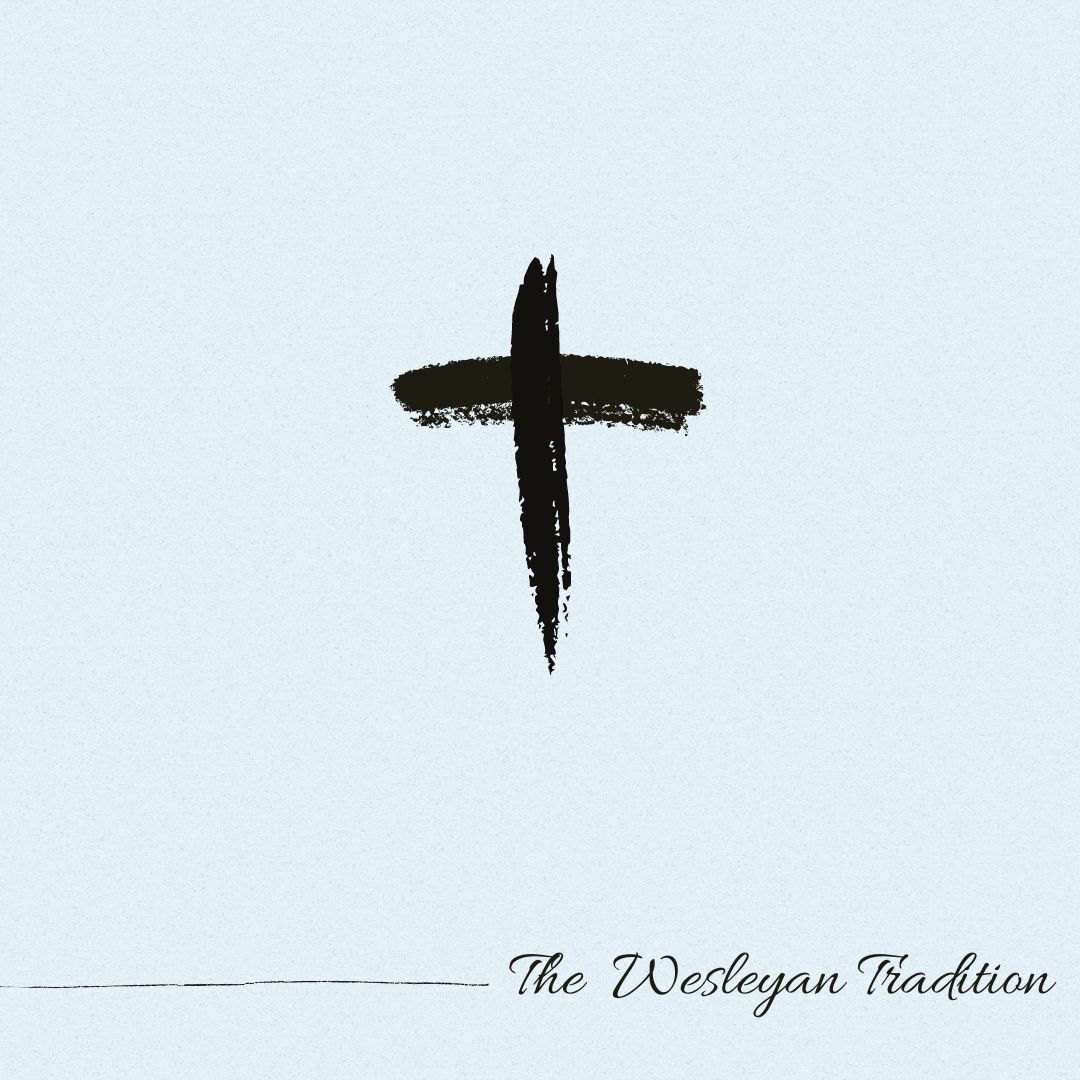As a history and genealogy nerd, I was drawn to Adam Crooks because of my family history with abolitionists. My 3x Great Grandfather founded a Methodist church in Missouri following his service as a Tennessee Volunteer in the Civil War. Understanding my religious heritage is a driving force. My 3x Great Grandfather’s future son-in-law served for the union and came South spreading the abolitionist message. As I was reading Robert Black and Keith Drury’s work “The Story of The Wesleyan Church”, I found Adam Crooks resilience and perseverance inspiring.
Adam Crooks started out life in Leesville, Ohio, where he gave his heart to Jesus at the young age of 14. He had a feeling that slavery was wrong. So, he sought direction through prayer on slavery but unfortunately even in his Northern church it was not a matter that was pursued. It was not until he was introduced to the Wesleyan Methodist movement that he felt he had found his place with like-minded thinkers.
Edward Smith had a significant impact on Adam Crooks and his ministry. Before coming to Leesville, Edward Smith had given a sermon that affected a group of Southern Quakers. While the Lord was working in the South preparing the hearts to hear, He was also working in the North, preparing the heart of Adam Crooks. Through Smith’s ministry, Crooks served as a Junior preacher.
Adam Crooks served under a number of preachers and then in 1847 became a licensed preacher, after having volunteered when it came up that a small congregation in North Carolina was looking for a preacher. “After a season of prayer,” Adam Brooks volunteered saying ‘I will go, sustained by your prayers, and in the name of my Savior, I will go to North Carolina.’ (Black, Drury, 2018) Crooks was eager to go even though “abolitionists faced opposition in the North, but the South was infinitely worse.” (Black, Drury, 2018)
At 23 (Black, Drury, 2018) Adam Crooks began his four-year mission to North Carolina. Arriving in the late fall of 1847, through God’s provisions, they already had a church meeting house built by the following spring. “But simple as it was, it stood as an eloquent witness to the Wesleyan message in an unwelcoming environment.” (Black, Drury, 2018) This momentum was not lost, and Crooks began to spread God’s message of love for all mankind.
But things were not all roses for the budding congregation. The slaveholders in the community did what they could to drive the abolitionists out. It was not until Adam Crooks was arrested for a second time that it was determined that for his safety, he should return North.
1851 saw Crooks and two fellow ministers basically kicked out of the South. It was not easy for him to pick up and leave but trusting the body of believers to God he passed by the bullet-ridden door one last time. It would be two decades before he would venture back to North Carolina.
Adam Crooks advanced the work of the Lord through his time serving with the Wesleyan Methodists in the South. Yet this was not the end to Adam Crooks’ ministry. He took on a new ministry guiding the Wesleyan Methodist movement as editor of “The American Wesleyan”. At a key time, the fate of the Wesleyan Methodist was questioned. Many were looking for directions and what to do. Many “left because they honestly believed the connection had finished its work and finished it well” (Black, Drury, 2018) Adam Crooks can be found again “At a critical point in the debate over the fate of the denomination” in an “entire night in prayer, seeking divine guidance.” (Black, Drury, 2018)
“Adam Crooks believed that Wesleyan Methodism must survive precisely because their reforming impulses were needed. “God wants and the age demands an intensely reformatory Christianity,” he wrote.” (Black, Drury, 2018)
Adam Crooks took a stand for the injustice that was taking place in America, even when attempts were made on his life. He advanced the work of the Lord both in the field as a minister and later as a leader. He continued to believe in the movement that stirred his heart when he was a young boy. He took up many causes – temperance, woman’s rights, slavery, secret societies, and black codes to name a few. He valued equal rights for all. Adam Crooks’ life is a prime example of living a sacrificial life.
As important was his work as a reformer he was primarily a Christian. A Praying Christian. It was through his example that we should strive for holy living. Adam Crooks’ search for Holiness for himself led an entire movement to holiness. What started out as a group of “reformers who believed in holiness, they were now holiness Christians who advocated social reform.” (Black, Drury, 2018)
As we continue our personal quest for holiness, and we strive to be like our church forebears can we answer Adam Crooks’ challenge “Can you give your life for the cause?”
References:
Black, Robert; Drury, Keith. The Story of The Wesleyan Church: 50th Anniversary Edition. Wesleyan Publishing House. Kindle Edition.

